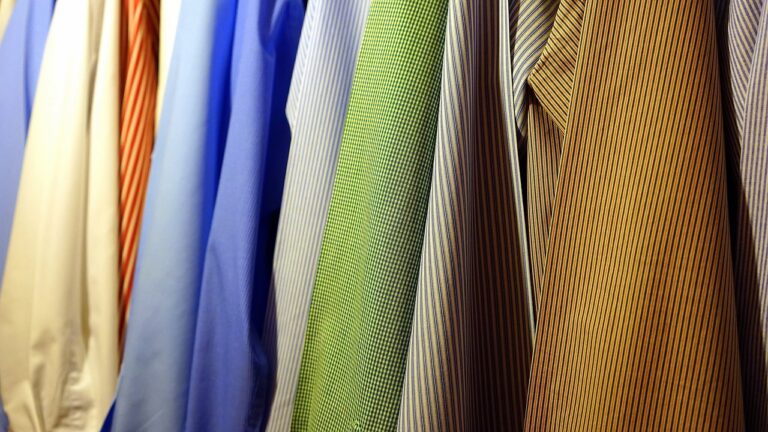Fashion and Social Change: Advocacy Through Clothing Design
Clothing serves as a visual language through which individuals can express their identity, beliefs, and values without uttering a single word. The colors, styles, and accessories people choose to wear can convey a multitude of messages about their personality and culture. In this way, clothing can be a powerful tool for self-expression, enabling individuals to communicate their unique individuality to the world.
Moreover, clothing can also be used to make a statement or send a message to society at large. Throughout history, various social movements have utilized clothing as a form of protest or resistance. By wearing specific garments or symbols, individuals can showcase their solidarity with a particular cause or challenge prevailing norms and values. In this sense, clothing holds the potential to shape and influence societal perceptions and norms.
Historical Examples of Clothing as a Tool for Social Change
The Civil Rights Movement in the 1960s saw the emergence of clothing as a powerful tool for social change. African Americans used their outfits to challenge racial discrimination and advocate for equality. One iconic example is the adoption of dashikis and afros by activists, symbolizing pride in African heritage and challenging Eurocentric beauty standards.
Similarly, in the late 19th and early 20th centuries, suffragettes in the United Kingdom and the United States used clothing to convey their message of women’s rights. Wearing white dresses and sashes in the colors of the movement, suffragettes made a visual statement demanding the right to vote. This deliberate choice of attire helped to unite and mobilize women across different social classes in the fight for political equality.
How has clothing been used as a tool for social change throughout history?
Clothing has been used as a form of expression to challenge societal norms and promote social change.
Can you provide examples of historical instances where clothing was used as a tool for social change?
Yes, historical examples include the Suffragettes wearing white dresses to promote women’s right to vote, the Black Panthers wearing black leather jackets to symbolize strength and solidarity, and the LGBTQ+ community using the rainbow flag as a symbol of pride and visibility.
How does clothing play a role in shaping one’s identity and sense of belonging?
Clothing can be a powerful way for individuals to express their identity, values, and beliefs. It can also create a sense of community and belonging among those who share similar fashion choices.
What are some modern examples of clothing being used to advocate for social change?
Modern examples include the wearing of pink pussy hats during the Women’s March, the use of slogan t-shirts to raise awareness about various social issues, and the adoption of sustainable and ethical fashion practices to promote environmental and social consciousness.





